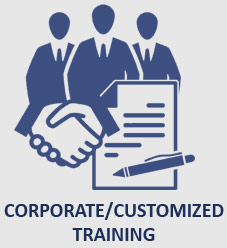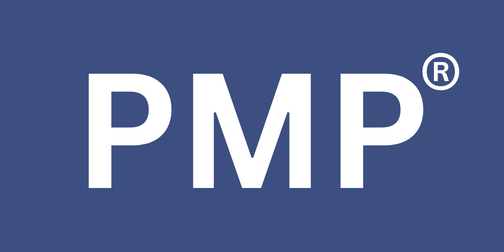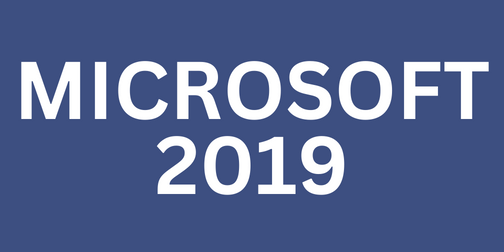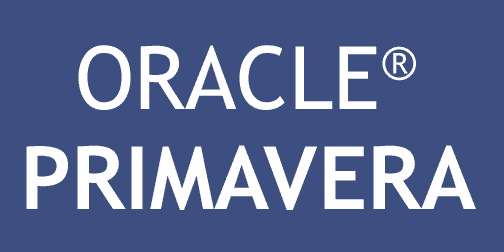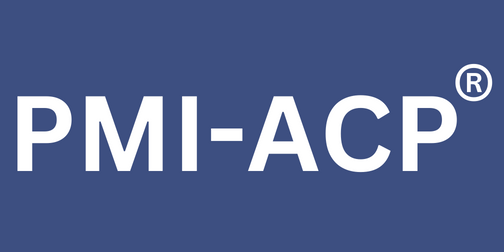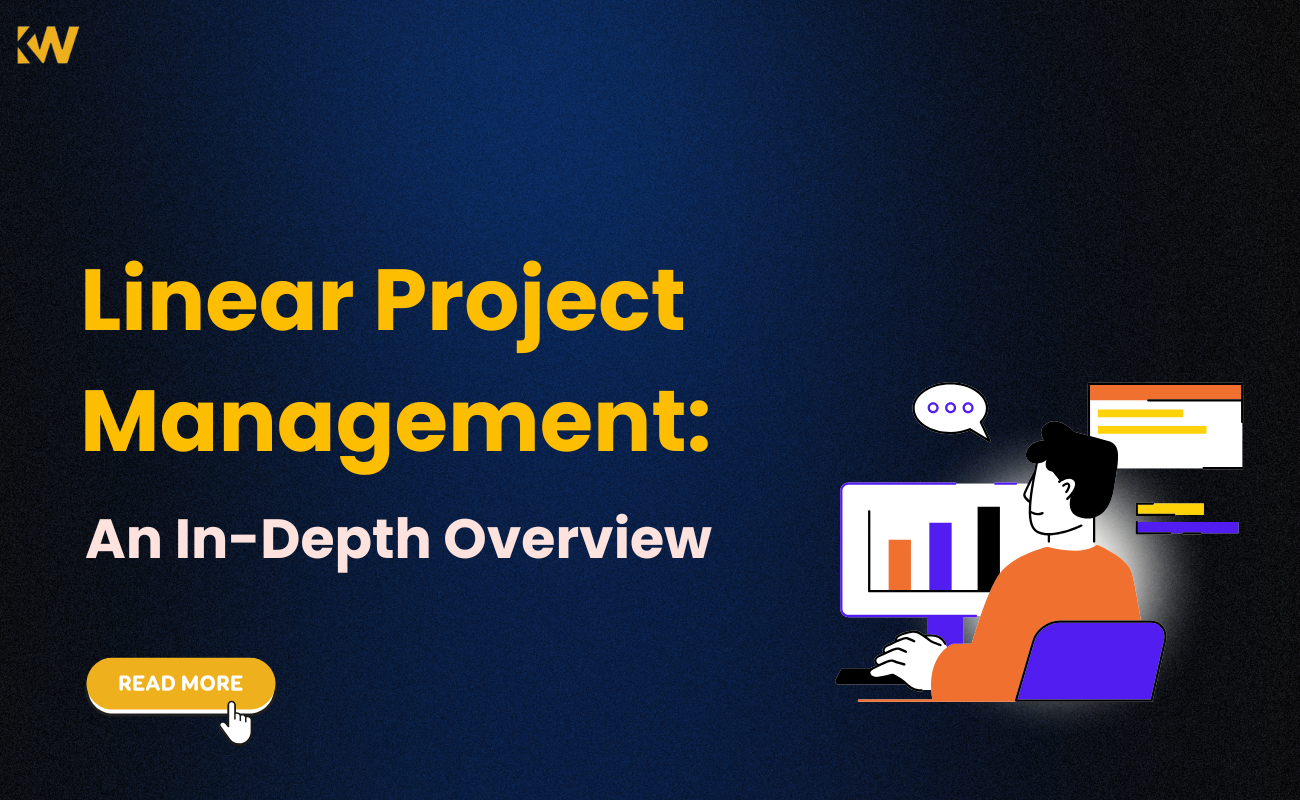
Linear Project Management: An In-Depth Overview
Posted On November 6, 2024 - 13:34 PM
In the tangled world of managing projects, many techniques are used to make sure that the projects are run efficiently, within budget and on time. One of these methods, known by the name of linear project management is a method that focuses on a sequential approach that ensures that each phase in the process is finished before moving on to the next. This approach is commonly used for industries that have defined processes, like manufacturing, construction, and engineering, where the steps have to follow a particular order in procedure to be successful.
This article will go over the fundamentals of project management that is linear and its advantages, as well as challenges and the best practices to aid project managers in completing their projects using a simplified and organized method.
What is Linear Project Management?
Linear Project Management, often referred to as "the Waterfall Model, uses a systematic approach that progresses the project in a linear, fixed order. Each step must be completed before moving on to the next one, creating a flow that appears like the shape of a "waterfall," hence the name. The linear method emphasizes the order and clarity of the process, allowing the creation of detailed documents and plans at each stage. It is typical to include the following phases:
-
Requirement Gathering
-
Design and Planning
-
Implementation
-
Testing and Quality Assurance
-
Deployment and Maintenance
This approach is easy which makes it an ideal choice for projects with clearly defined needs, with little anticipated to change after the project is launched.
Key Characteristics of Linear Project Management
-
Sequential Phases
Each phase is identified with beginning and ending points, that are completed within an order. The project can't move to the next phase until the previous one is finished. -
Detailed Planning
A detailed plan, typically with the help of a chart of the project also known as the project's plan is developed at the start of the project. The document defines the project's goals and scope, timeline, and the resources available, allowing for a minimum scope for alterations. -
Documentation
Documentation is extensive for every phase, providing an accurate record of the project's progress. This is helpful for understanding and compliance with regulations as well as sharing knowledge between team members. -
Predictable Timelines
With every phase laid out, timelines can be very predictable. Project managers can anticipate deadlines more precisely which is helpful in budgeting and planning resources.
Advantages of Linear Project Management
-
Clarity and Simplicity
Linear project management is simple to use. Members of the team can navigate every step without confusion and know exactly what is to be expected in each phase. -
Efficient Resource Allocation
Each phase is assigned defined timeframes the allocation of resources becomes more efficient. Resources can be allocated according to the specific requirements of each phase which reduces idle time while decreasing expenses. -
Quality Assurance
Review and testing stages guarantee an excellent level of quality. Since all requirements are gathered at the beginning of the process Quality assurance is systematic and thorough which makes it much easier to spot and fix issues before moving forward. -
Better Control and Monitoring
The structure allows project managers to exercise greater control over the course of the project. Monitoring progress becomes much easier since each stage must have been completed, and then approved prior to going forward.
Challenges of Linear Project Management
-
Inflexibility
One of the main drawbacks is its rigidity, linear project management projects are more difficult to adapt to change, which makes it challenging to incorporate innovative ideas or to deal with unexpected issues once the project has begun. -
Limited Feedback Opportunities
Since testing takes place towards the end of the development process there's little feedback during the entire process. The mistakes or oversights could be discovered only at later points and could cost a lot of time and money to rectify. -
Resource Constraints
In a linear approach to project management, the resources may not be used to their maximum potential. For instance, if there are delays in a phase the resources allocated to subsequent stages could be idle which can lead to budget overruns. -
Risk of Obsolescence
In fast-paced environments, linear approaches to projects could be dangerous. When the project is in its stage of completion, the initial requirements or the technology could be obsolete, which could lead to problems or expensive updates.
When to Use Linear Project Management?
Although the linear method offers advantages in terms of structure and predictability, it's most suitable for projects with clearly defined requirements, where modifications are not significant and the stages have to be in a particular order. Industries like:
-
Construction : Construction projects have specific plans, and they must be based on safety guidelines.
-
Production: Each step requires strict compliance with the quality standards.
-
Engineering The sequence of steps is required for stability as well as security.
In instances where flexibility and scalability are essential--for instance, in the development of software in which requirements could change the use of agile and iterative methods could be more appropriate as opposed to linear project management.
Best Practices for Effective Linear Project Management
-
Comprehensive Requirement Gathering
Be sure that all project requirements are gathered and documented before starting the project. This will reduce the chance of making changes and enhance the overall process. -
Detailed Documentation
Documentation should be thorough at each stage. This helps the team members and other stakeholders to be aware of the development and needs at any point. -
Effective Communication
Continuous communication between team members is crucial to recognize potential roadblocks in the early stages. Regular updates to stakeholders can help ensure that everyone is on the same page with regard to goals and expectations. -
Milestone Tracking
Create clearly defined milestones for each stage in the process. Monitoring these milestones will allow you to determine any issues with resource allocation or delays in the early stages, ensuring that you keep the project on the right track. -
Risk Assessment and Management
Conduct a risk analysis during planning to prepare for issues. A risk management plan will reduce disruptions and help keep the project on budget and on time.
Linear Project Management Tools: A Complete Guide for Efficient Sequential Projects
1. Introduction to Linear Project Management Tools
Linear project management follows a structured, sequential workflow, where each phase must be completed before the next begins. In such a rigid framework, project management tools are not just helpful—they’re essential.
These tools provide the structure, sequencing, and visibility needed to manage each stage effectively. By offering features like Gantt charts, milestone tracking, and resource allocation, they ensure that projects stay on track, on time, and within scope. With rising complexity in projects across industries, the right tool brings clarity, control, and consistency to every step of the workflow.
2. Core Features of Linear Project Management Tools
To fully support linear methodology, tools must provide specific features that reinforce order and accountability. Let’s explore the must-have capabilities:
- Task Sequencing
Linear projects thrive on clear dependencies. Tools automate task sequencing so that each step only begins once the prior task is marked complete. This ensures a logical flow without overlap or chaos
- Gantt Chart Visualization
A Gantt chart is the backbone of most linear tools. It offers a visual timeline where tasks, durations, dependencies, and deadlines are clearly mapped out. This makes it easy to monitor progress and identify delays in real time.
- Milestone Tracking
Every project has critical checkpoints. Milestone tracking features allow project managers to set, monitor, and evaluate key deliverables. These milestones act as quality gates and help assess whether the project is progressing as planned.
- Timeline Management
With sequential workflows, time management is critical. These tools enable teams to define start/end dates, durations, and deadlines with precision. This helps avoid bottlenecks and ensures timely delivery.
- Resource Allocation
Tools that allow strategic resource assignment improve project flow. Managers can assign specific team members, equipment, or time blocks to each task, ensuring resources are neither overused nor underutilized.
- Documentation and Audit Trails
Most tools maintain comprehensive records—from changes in timelines to comments on tasks. These logs are vital for tracking decision-making, ensuring compliance, and reviewing performance during post-project analysis.
3. Popular Tools for Linear Project Management
- Microsoft Project
One of the most established tools for Waterfall and linear project management, Microsoft Project offers powerful features like Gantt charts, resource leveling, budgeting, and detailed project reporting. Ideal for medium to large-scale projects.
- Smartsheet
Smartsheet brings the familiarity of spreadsheets with the power of project planning. With built-in automation, dependencies, and timeline views, it's user-friendly yet robust for managing linear projects.
- Wrike
Wrike blends structured task management with real-time collaboration. It offers custom workflows, timeline views, and advanced reporting—ideal for teams that want to follow a sequential method while staying connected.
- Zoho Projects
Zoho Projects is a great option for small to medium-sized teams. It provides all the essentials—task dependencies, milestones, time tracking, and document sharing—in an intuitive interface.
4. Benefits of Using Linear Project Management Tools
Implementing the right tools brings several tangible benefits:
-
Better Team Alignment: With clearly defined task orders, team members know exactly what to work on and when, reducing confusion and miscommunication.
-
Increased Predictability: Sequential planning offers a clear roadmap, which helps in anticipating and addressing issues early.
-
Easier Tracking and Reporting: Visual dashboards, Gantt charts, and auto-generated reports provide quick insights into project health.
-
Reduced Risks: Features like milestone alerts and task dependencies help catch delays and errors before they escalate.
5. How to Choose the Right Tool
Selecting the best tool for your needs involves evaluating several factors:
-
Project Size and Complexity: Large enterprise projects may need feature-rich tools like Microsoft Project, while simpler tasks can be managed with Zoho Projects or Smartsheet.
-
Team Size and Remote Collaboration: Consider tools that support multi-user access, real-time updates, and integrations with communication platforms like Slack or Teams.
-
Integration with Existing Tech Stack: Choose a tool that connects with your current apps—CRM, calendars, file sharing, etc.
Ease of Use and Learning Curve: A feature-rich tool is only useful if your team can use it effectively. Choose a balance between power and simplicity.
Conclusion
Linear Project Management is an effective method for projects with clearly defined requirements, fixed phases, and a few changes. It has well-defined, predictable procedures that help project managers effectively manage their resources, ensure the highest quality, and make sure that projects are completed according to time. However, its rigidity may pose problems when it comes to flexibility which makes it unsuitable for industries that are constantly changing.
Understanding how and when to use the power of linear management projects will enable managers to complete complex projects efficiently. This is a vital instrument for professionals who are focused on control and order in their work environments. It can help achieve success in fields where structure is essential.
Check Out This Blog : Reimagining the Role of the Project Manager
FAQ
Q1. What is linear in project management?
Ans. Linear (waterfall) life cycles are sequenced into a set of distinct phases, from the development of the initial concept to the deployment of an ultimate outcome, output or benefits. This approach aims to be highly structured, predictable and stable.
Q2. What is linear PMLC?
Ans. The Linear PMLC model is the simplest and most intuitive of the five major models in the project management landscape. It assumes that you have as nearly perfect information about the project goal and solution as can reasonably be expected.
Q3. What is an example of a linear project?
Ans. For example, if you're developing a software module for a client with specific security requirements and a strict deadline, a linear methodology can be beneficial. You can gather the requirements, design the architecture, implement the code, and conduct thorough testing before delivering the final product.
Q4. What is a linear in management?
Ans. Linear management is the application of reductionism to management problems, often relying on the ability to predict, engineer and control outcomes by manipulating the component parts of a business (organization, operation, policy, process and so on).
Q5. What are the five PMLC models?
Ans. The five PMLC (1)Liner Model (2) Incremental Model (3) Iterative Model (4) Adaptive Model (5) Extreme Model Definition of a Project.











